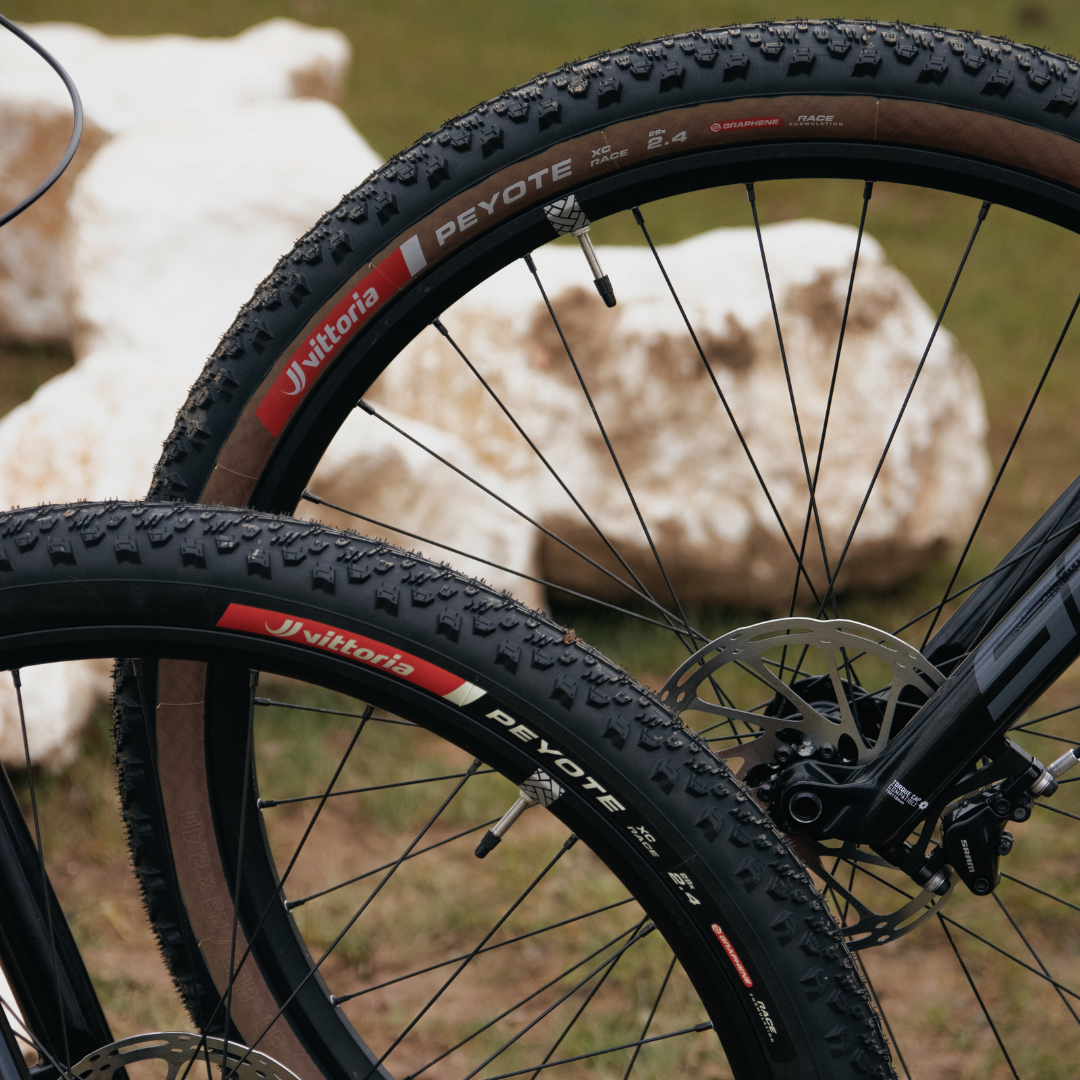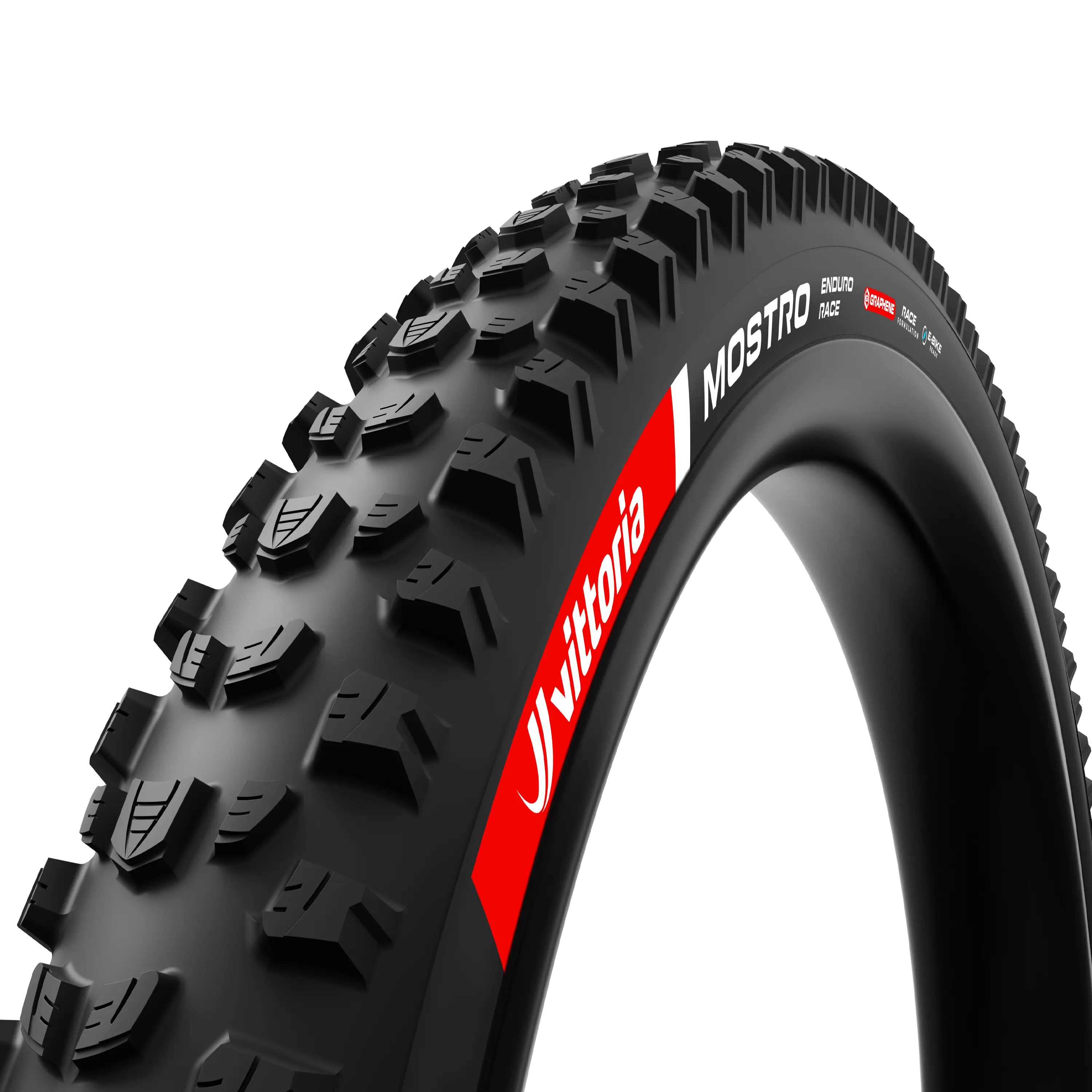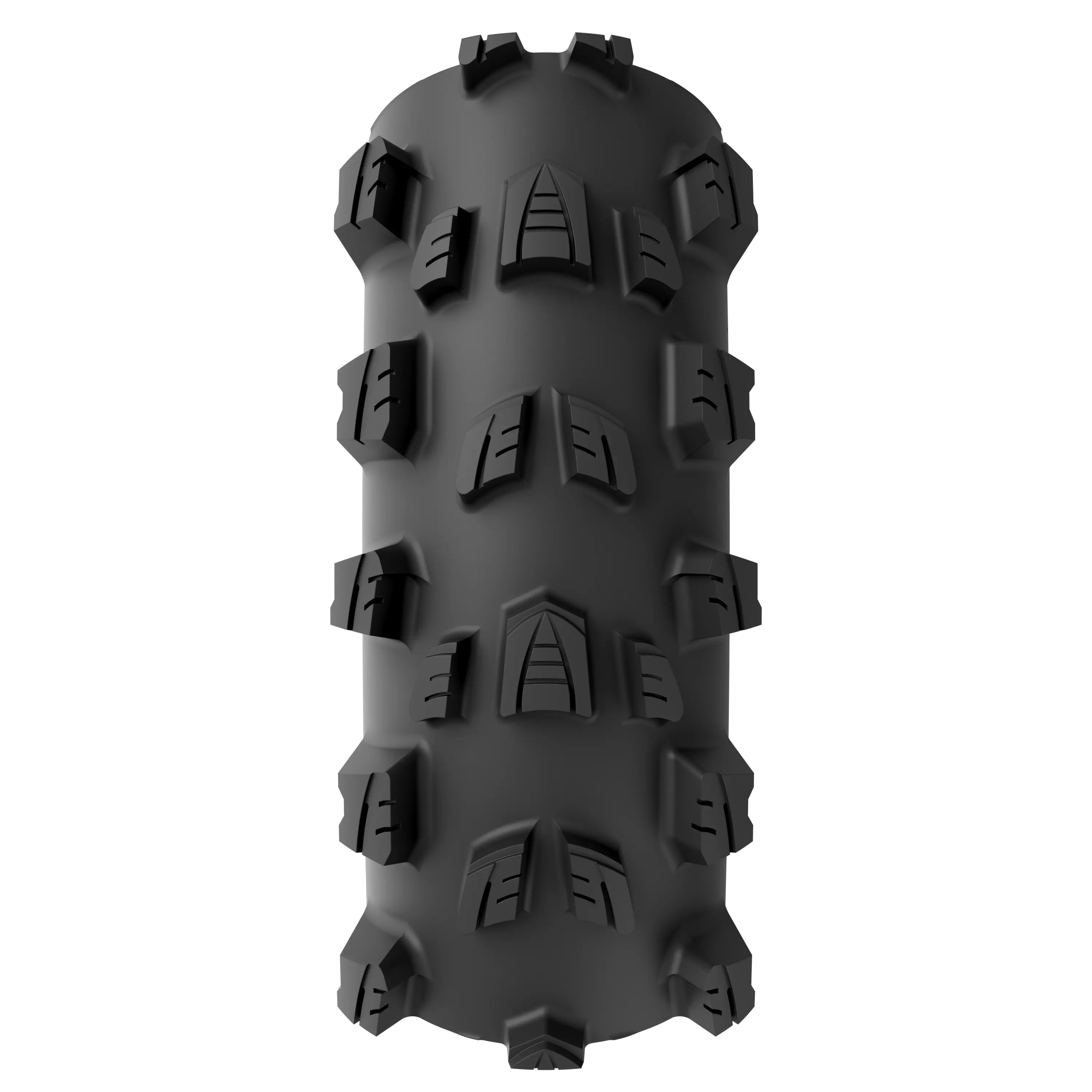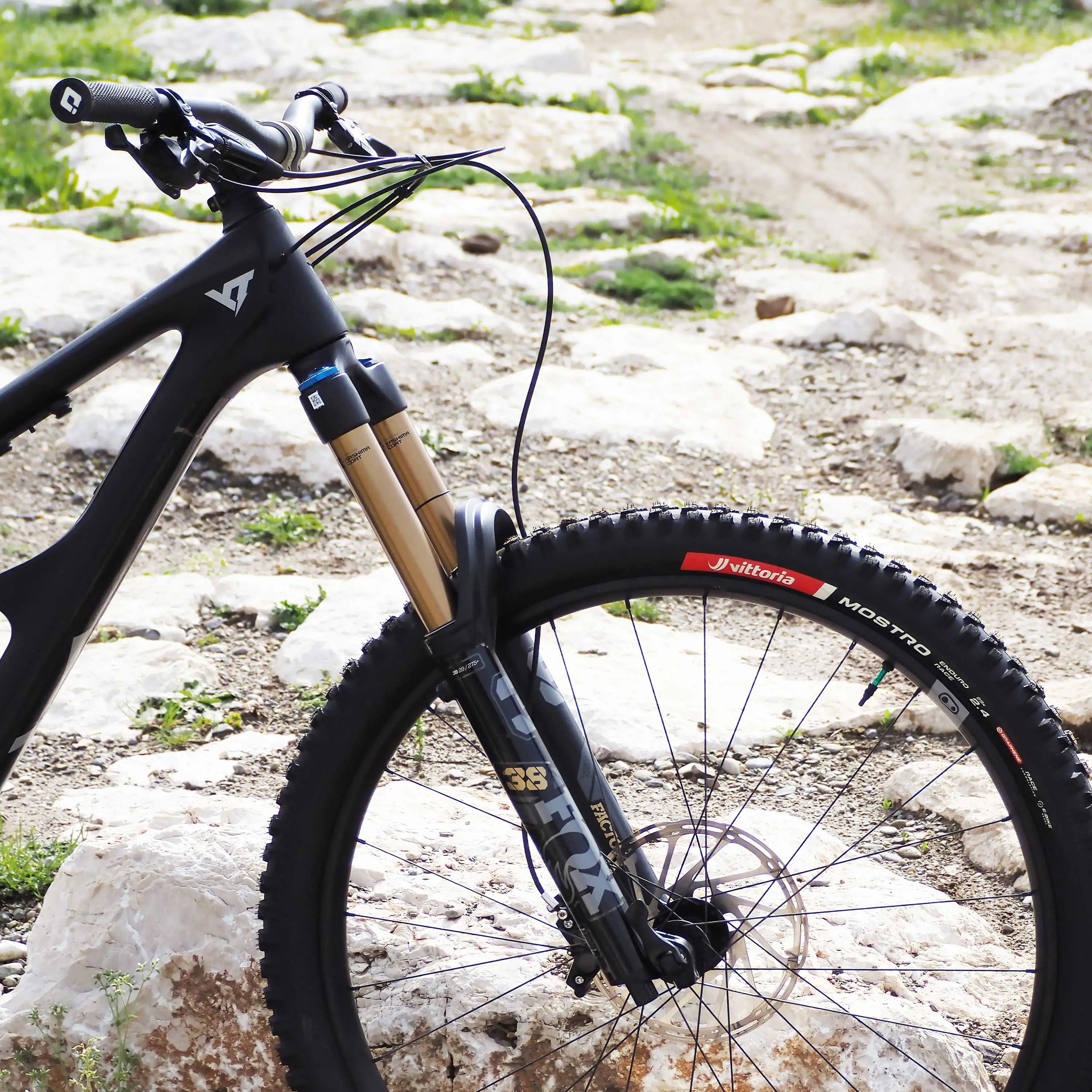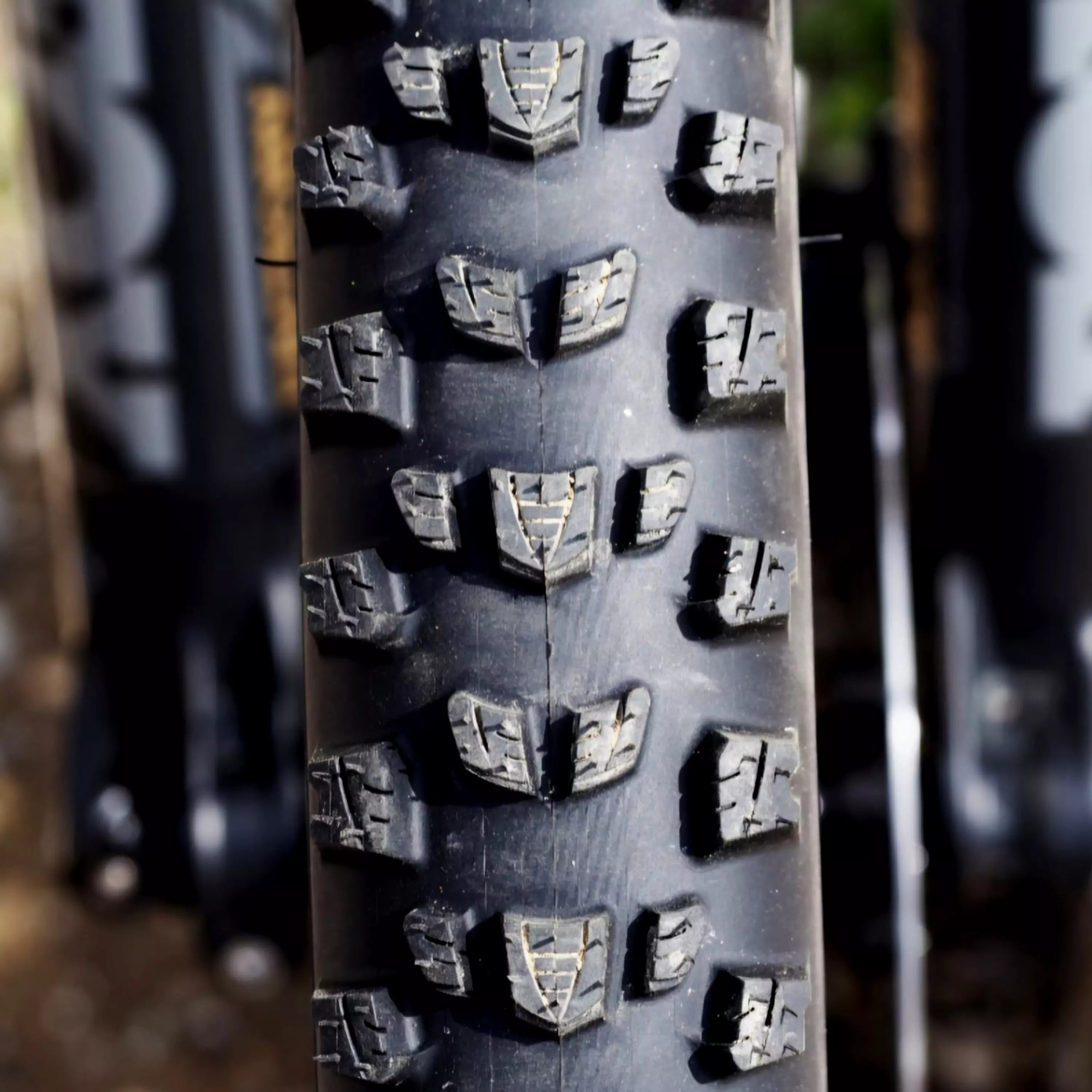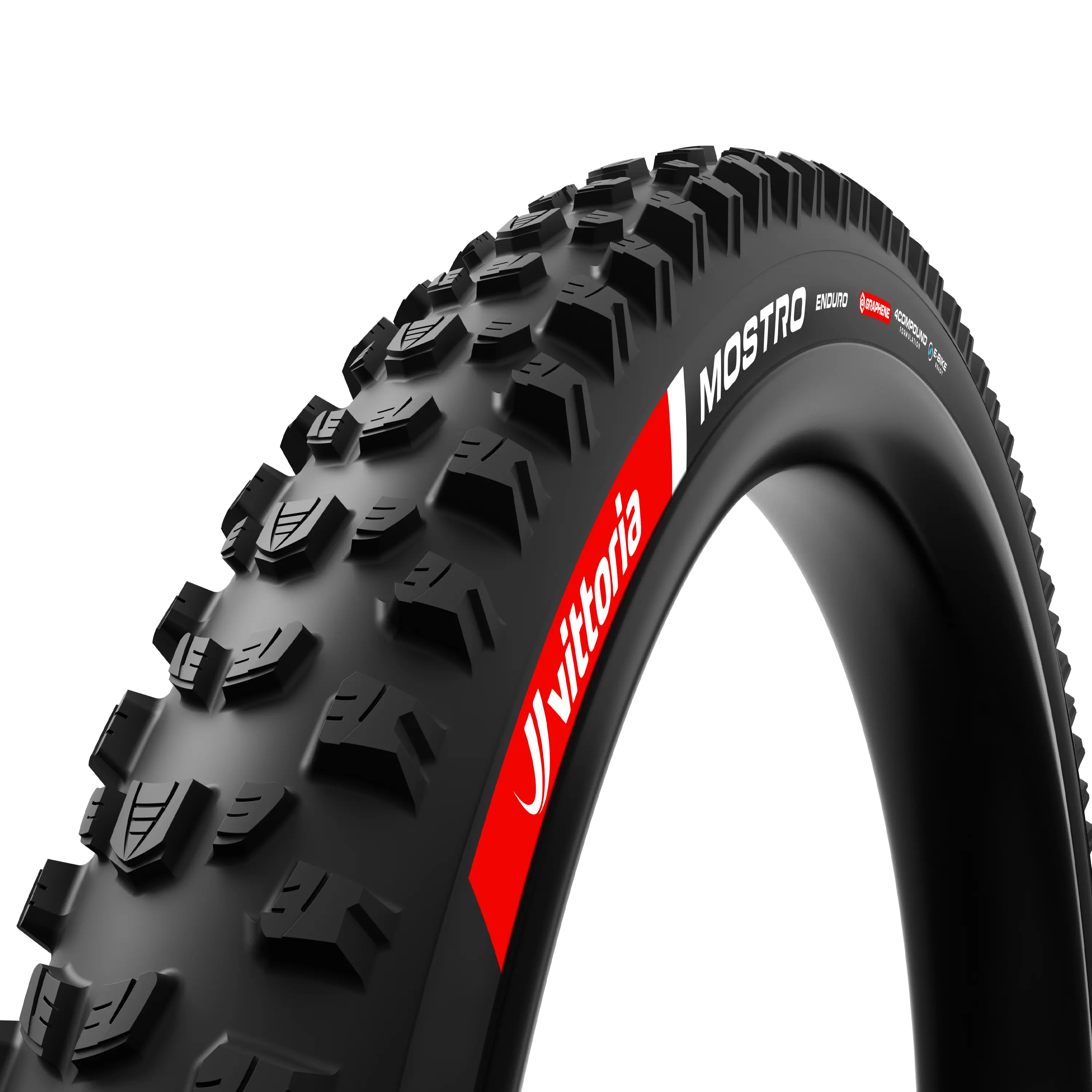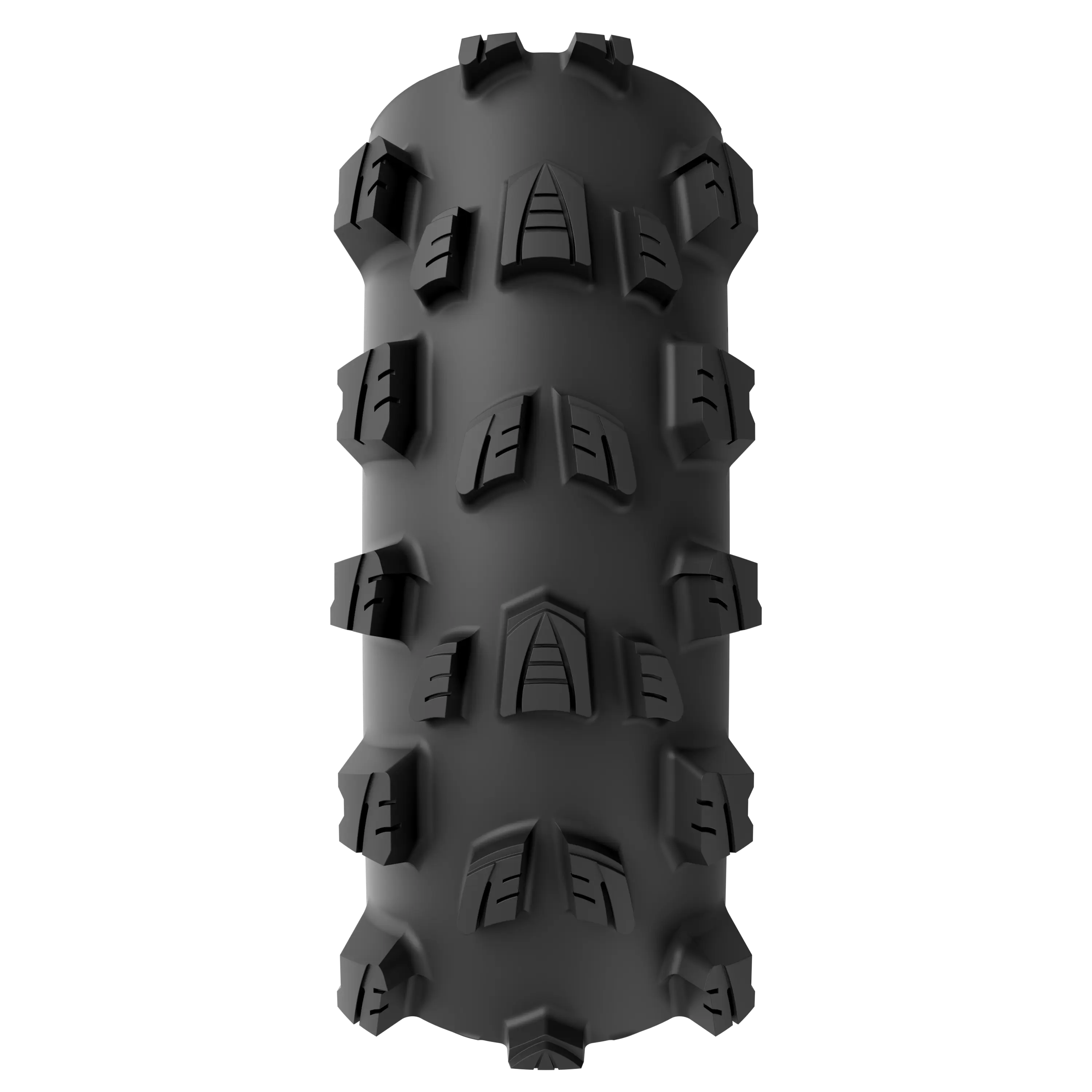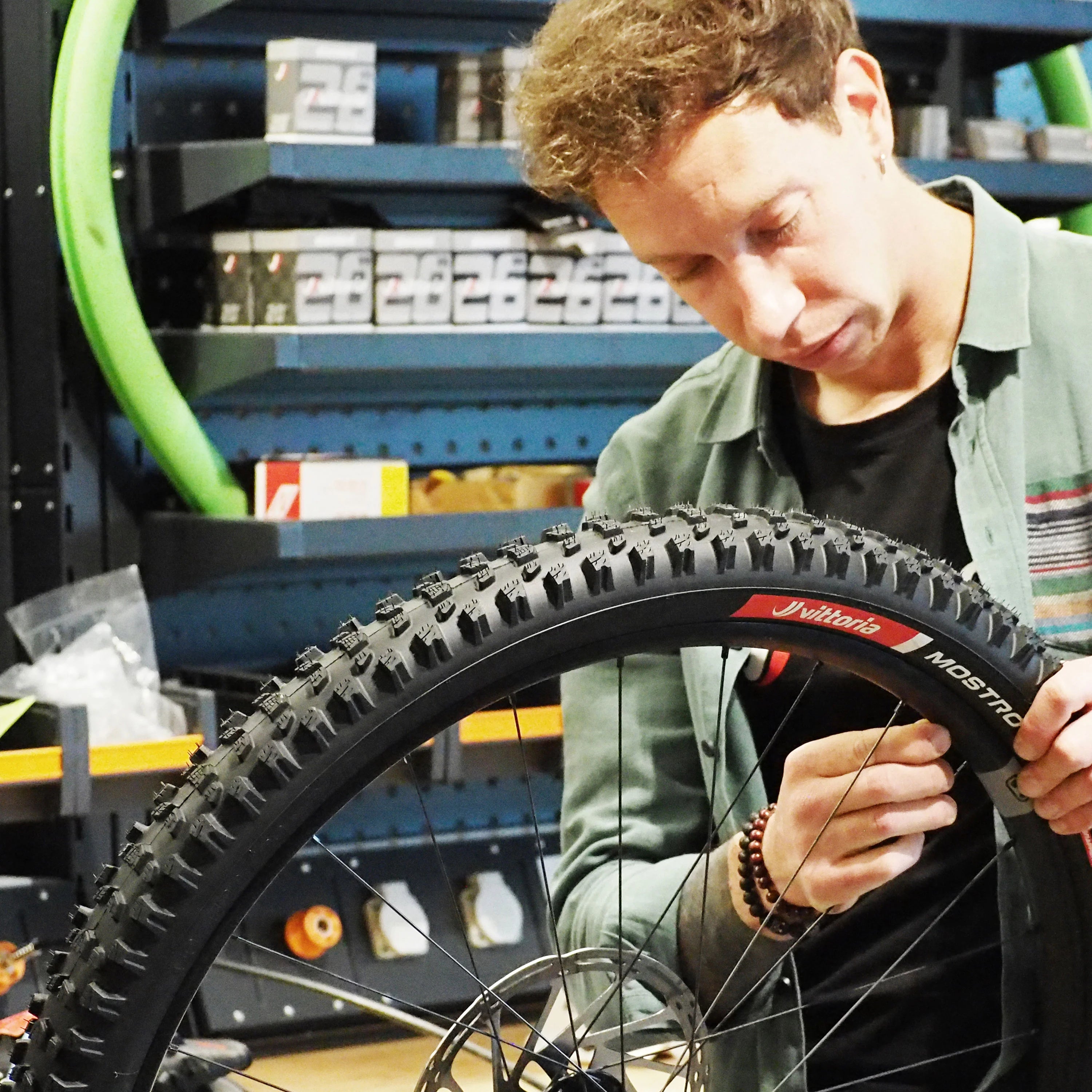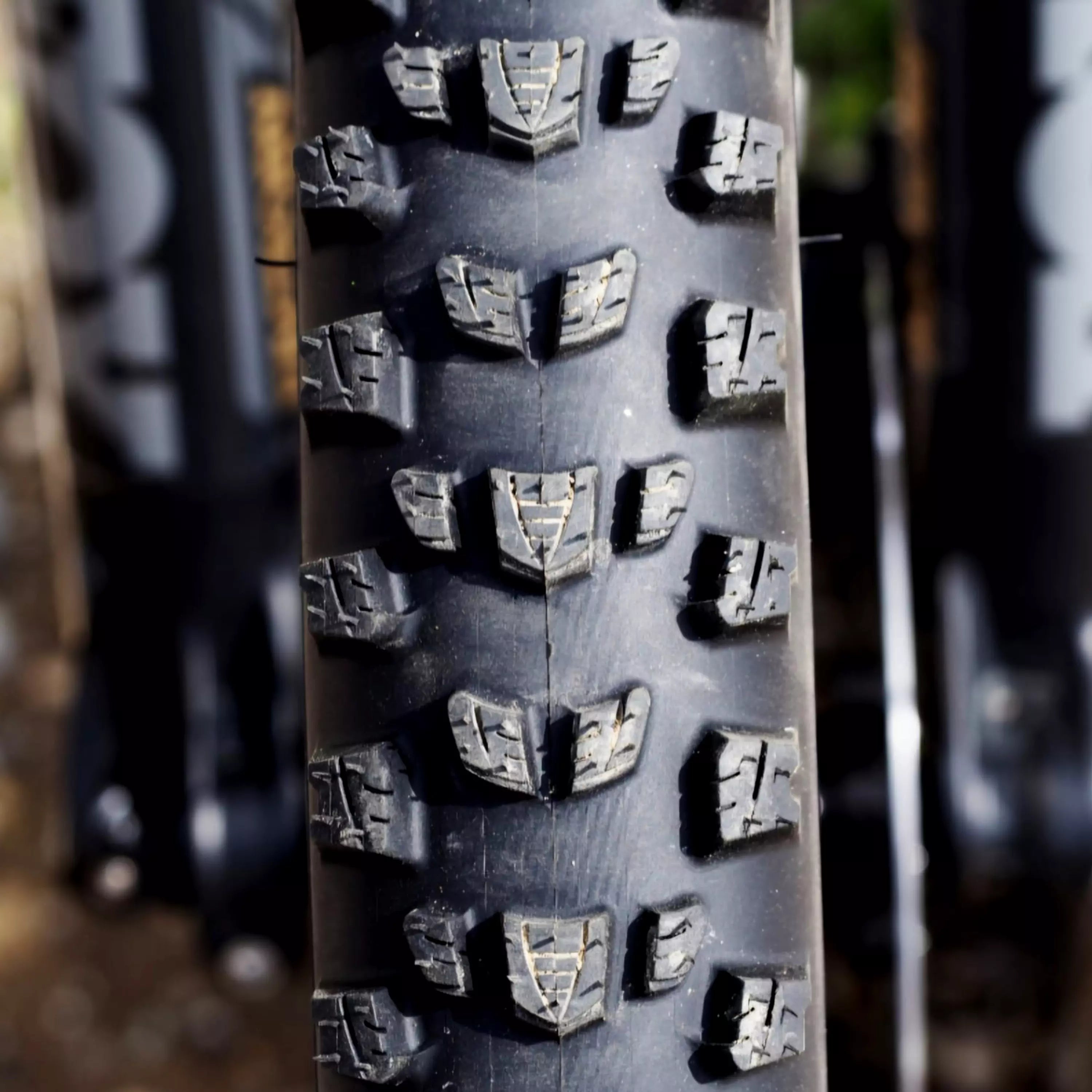With the MTB and gravel season coming to an end, we have learned that choosing the right tire is crucial and there are many choices to choose from. On this edition of the Tread Journal, we will explain casings, TPI, and which are best for mountain biking, cyclocross, and gravel racing, to help you tackle any terrain with confidence.
Understanding casings and TPI
Tires are built with layers of fabric called casings, and TPI (Threads Per Inch) is a measurement of the fabric's density. Effectively TPI refers to one inch of length of casing. The casing is the heart of the tire and is made of Rubber + Treads (Nylon, Cotton, Kevlar, Corespun). Therefore, TPI is calculated by counting the number of threads contained in one-inch length of casing.
A higher TPI allows the casing of the tire to be more flexible, providing better grip. Fabric with a higher TPI count is thinner and more flexible, so the tire is able to conform much better with the surface with less shock, which results in lower rolling resistance. Lower TPI casings are more robust, offering better puncture resistance and durability, but are slightly heavier and less flexible.
Nylon casings range from 26 to 220 TPI. Cotton and Corespun casings range from 220 to 320 TPI.

MTB: Lower TPI and reinforced sidewalls
- Lower TPI casings: Tires with lower TPI casings are less flexible but offer greater strength. This added rigidity ensures the tire can withstand rough conditions, such as sharp rocks and roots, without compromising its structural integrity
- Reinforced sidewalls: Reinforcement in the sidewalls offers improved puncture resistance, especially critical in rocky, unpredictable terrains. These sidewalls provide extra durability without significantly adding to the tire's weight allowing racers to maintain speed while minimizing the risk of damage.
- 60 TPI Casing: A robust casing like this offers the ideal balance between durability and performance, providing enough protection without slowing racers down on challenging courses.
- Race Formulation: Using an advanced Graphene and Silica compound, providing superior grip and rolling speed. This combination enhances performance across various surfaces, from dry hardpack to loose gravel, giving racers an edge on technical, fast descents while maintaining excellent traction

#Crossishere: Precision & Speed
- Higher TPI Casings (around 120 TPI): Higher TPI casings are more flexible, which is key for the constant terrain changes in cyclocross. A supple tire can adapt to uneven surfaces, providing excellent grip and allowing riders to maintain control in tricky corners, without sacrificing speed.
- Supple Casings for Traction and Durability: Cyclocross demands both flexibility and toughness. Supple casings allow the tire to conform to the terrain for better traction, while still offering enough durability to avoid punctures during aggressive riding.
- Tubular Tires (the most common in professional racing): The Vittoria A Dugast range of tubular tires is favored by many professional cyclocross athletes. Tubular tires are known for their ability to run at lower pressures, enhancing grip and control on soft, muddy, or icy surfaces. Their lightweight design and ability to conform to the terrain give racers a significant advantage.
- Tubeless Tires (for ease of installation): For those looking for easier installation and maintenance, the new TLR models in the Vittoria A Dugast range provide a great alternative. These tubeless options offer similar grip and performance benefits while simplifying tire changes and repairs, perfect for racers who prefer convenience without sacrificing performance.

Gravel riding: Versatility on all roads
- Higher TPI Casings (around 120 TPI): Higher TPI casings are ideal for smoother surfaces and mixed terrain. They provide flexibility, resulting in a smoother ride and lower rolling resistance, which enhances speed and comfort on long stretches of tarmac or compact gravel.
- Lower TPI for More Aggressive, Rocky Terrain: For riders facing more rugged, rocky sections of the course, opting for a lower TPI casing offers added durability and puncture resistance. These casings are tougher and built to handle the harsh impacts of rough terrain without sacrificing control.
- Terreno Dry: The Vittoria Terreno Dry is a top choice for gravel races like the UCI Gravel World Championships. It excels on hardpack and mixed surfaces, offering low rolling resistance for speed, while still maintaining a solid grip on loose gravel. This makes it the perfect tire for racers like Lauren, who need a tire that balances speed with reliable control across varied terrain.
